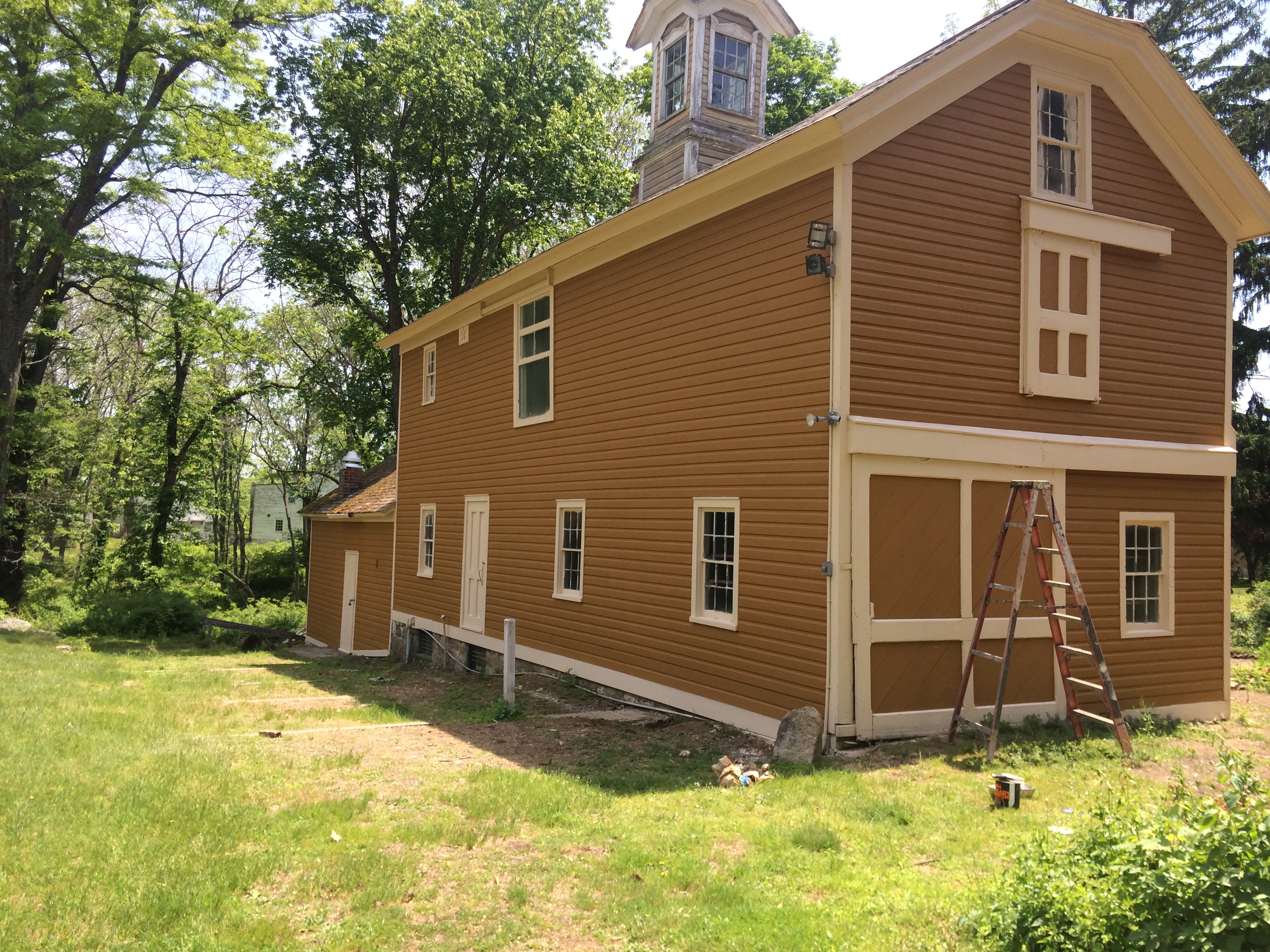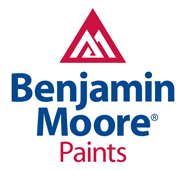Protect and Revitalize Your Property with Expert Surface Preparation
For property owners and managers in Red Bank, New Jersey, maintaining the integrity and appearance of buildings is a constant priority. The coastal climate, with its humidity and seasonal extremes, can be harsh on exterior surfaces, leading to rust, corrosion, and peeling paint. While a fresh coat of paint provides a cosmetic fix, the real secret to long-lasting results lies in what happens before the first brushstroke. The combined process of sandblasting and painting offers a comprehensive solution that not only restores beauty but provides a formidable layer of protection for years to come.
This powerful duo is essential for a wide range of applications, from revitalizing commercial building facades and industrial equipment to preparing residential homes for a flawless new look. It’s about creating the perfect canvas to ensure the final finish is durable, adhesive, and immaculate. At Spectra Painting, we’ve spent decades perfecting this process for properties across New Jersey.
What Exactly is Sandblasting and Painting?
Think of it as a reset button for your surfaces. The process isn’t just about cleaning; it’s a meticulous method of surface restoration that prepares metal, concrete, wood, and other materials for a superior coating. It’s a two-step approach to achieving maximum longevity and aesthetic appeal.
Step 1: The Sandblasting Process
Sandblasting, or abrasive blasting, is a technique that uses a high-pressure stream of abrasive material to treat a surface. This powerful stream scours away old paint, rust, grime, and other contaminants, leaving behind a clean and uniform substrate. More importantly, it creates a specific “surface profile”—a pattern of microscopic peaks and valleys. This textured surface is crucial because it significantly increases the surface area, giving the new paint or coating an ideal anchor for mechanical adhesion. For surfaces that need serious restoration, professional sandblasting is the most effective preparation method available.
Step 2: The Painting & Coating Application
Once the surface is expertly prepared, it’s ready for a high-performance coating. This could be anything from industrial-grade epoxy to premium exterior paint. Because the surface is perfectly clean and profiled, the paint adheres directly and evenly, creating a bond that is far stronger and more durable than one applied over an unprepared or poorly prepared surface. This prevents common issues like bubbling, peeling, and premature failure of the paint job.
The Undeniable Benefits of Combining Sandblasting with Painting
Unmatched Durability and Longevity
By creating the ideal surface profile, sandblasting ensures that paint doesn’t just sit on top of a surface—it becomes a part of it. This chemical and mechanical bond is incredibly resilient, protecting against moisture, UV rays, and physical wear and tear. The result is a finish that can last for many years, reducing long-term maintenance costs.
Superior Finish and Aesthetics
A perfectly clean and uniform base is the only way to achieve a truly flawless finish. Sandblasting removes all imperfections, bumps, and old layers that would otherwise show through a new coat of paint. Whether it’s a historic building or a modern commercial space, this process delivers a smooth, professional appearance that enhances curb appeal and property value.
Efficiency and Time Savings
Manual scraping, sanding, and chemical stripping are labor-intensive and often less effective. Sandblasting cleans and profiles large areas quickly and thoroughly, streamlining the entire project timeline. For commercial painting contractors working on tight schedules, this efficiency is invaluable.
Corrosion and Rust Prevention
For any steel or iron structure—from fences and railings to industrial tanks and structural beams—rust is the primary enemy. Sandblasting removes every trace of existing corrosion and creates a surface ready for protective, anti-corrosive coatings. This proactive step is crucial for extending the life of metal assets.
Local Focus: Why Sandblasting Matters in Red Bank and Across NJ
Red Bank’s unique blend of historic Victorian homes, charming downtown storefronts, and modern commercial developments calls for versatile and effective maintenance solutions. The proximity to the Navesink River and the Atlantic coast means higher humidity and salt in the air, which accelerates the deterioration of building materials.
For the beautiful historic properties that give Red Bank its character, proper surface preparation is non-negotiable. Historic restoration often involves carefully removing layers of old, potentially lead-based paint without damaging the original substrate. Sandblasting, when performed by experienced professionals, can be tailored with specific media and pressures to safely prepare these delicate surfaces.
Similarly, the steel structures in commercial and industrial settings require robust protection from rust. Proper sandblasting and painting not only maintain a professional appearance but are critical for safety and structural integrity. It’s a smart investment for any business looking to protect its assets from the demanding New Jersey environment.
Ready to See the Difference for Yourself?
Give your property the durable, beautiful finish it deserves. Whether it’s a large-scale commercial project or a detailed residential repaint, Spectra Painting has the expertise to deliver outstanding results in Red Bank and beyond.
Frequently Asked Questions
Is sandblasting safe for all surfaces?
While incredibly effective, sandblasting requires professional judgment. An experienced contractor will assess the substrate—be it hardwood, brick, steel, or concrete—and select the appropriate abrasive media and pressure. Softer materials may require less aggressive media like walnut shells or baking soda. For most standard residential painting and commercial projects, sandblasting is perfectly safe and highly beneficial when done correctly.
How messy is the sandblasting process?
Professional sandblasting contractors take containment very seriously. Job sites are properly enclosed with tarps and sheeting to contain dust and debris. Many modern systems also incorporate vacuum technology to capture abrasive media and dust at the source, significantly minimizing the mess and environmental impact.
How long does a sandblasted and painted surface last?
This is the key benefit. A surface that has been properly sandblasted and then coated with high-quality paint will last significantly longer than a surface that was only lightly scraped or washed. Depending on the material, environment, and coating system used, you can expect the finish to last anywhere from 10 to 20 years, or even longer for some industrial applications.
Can you sandblast and paint industrial machinery?
Absolutely. Sandblasting followed by a durable coating like epoxy is one of the best ways to protect expensive industrial equipment from corrosion and wear. It restores the machinery’s condition and extends its operational life. For certain applications, electrostatic painting after blasting can provide a factory-like finish with minimal overspray.
Glossary of Terms
- Abrasive Media
- The granular material propelled at a surface during sandblasting. Examples include sand, steel grit, glass beads, walnut shells, and baking soda. The choice of media depends on the surface material and the desired finish.
- Surface Profile
- The level of roughness or texture created on a surface by sandblasting. Measured in mils, this texture is crucial for ensuring strong mechanical adhesion of a new paint or coating.
- Substrate
- The base material that is being worked on or to which a coating is applied (e.g., steel, concrete, wood).
- Epoxy Coating
- A highly durable and resistant two-part coating created by mixing an epoxy resin and a hardener. It’s often used in industrial and commercial settings for its excellent adhesion, chemical resistance, and toughness.






